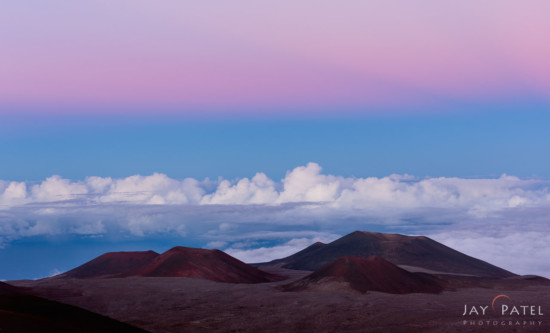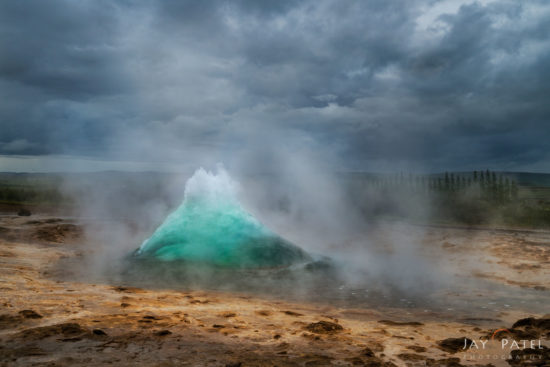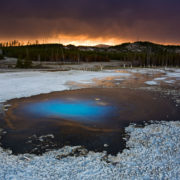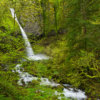Photography Composition Rules and When to Break Them
There are some basic “rules” in photography composition that will help you create visually pleasing images. The Rules of Composition is one such set of rules. These are based on general design principles that provide a visually pleasing image. When you arrive at the level where they are intuitive to you, you can then consciously break them in the right circumstances and with good reason. Purposefully composed photographs are the strongest ones. Your goal, as a photographer, is to create beautiful, thought-provoking images that do not distract the viewer with elements that don’t lend themselves well to the final image.
Another set of “rules” that help create a pleasing landscape or nature photograph include aspects that are more technical such as understanding depth of field, ISO, shutter speed and sharpness.
So, in order to break the rules, you should understand the and why they are important to photography. There are many elements/rules but I only touch on my top three in this article.
Rule #1: Rule of Thirds
The Rule of Thirds (Golden Rule) is one of the most well-known and followed rule of photography composition. When done correctly, your resulting image is balanced and feels right. The Rule of Thirds involves dividing up your image using two horizontal and two vertical lines. The important elements in your scene are placed along those lines or at the points where they intersect.
The landscape photo above closely fits the Rule of Thirds for photography composition. My main subject and the secondary subject both fall on the line and are close to the intersecting points.
Breaking the Rule of Thirds
One of the easiest ways to break the Rule of Thirds is to place your main subject in the center of the image. This give greater emphasis and focus on the main subject. It also creates symmetry within the image.
The Rule of Thirds is shown in this black and white landscape photo below. Your most important subjects should fall on these lines or where they intercept. However in this landscape photo, I am breaking the Rule of Thirds by placing the subject in the center. It works because I am filling the frame with branches that lead the viewers eye into the main subject.
As you can see, the tree in the landscape photo below is centered thus breaking the Rule of Thirds. This image still works because the horizon line falls on the Rule of Thirds line and the brighter area behind the tree draws the viewer’s eyes to the main subject.
Another way to break this rule is to place your horizon line closer to the edge of the frame. As long as you have a purpose for breaking this rule, then it will look and feel right to both you and the viewer. If you have a wonderful foreground or sky that adds to the story of the overall image, then feel free to break the rule by emphasizing those areas.
My horizon lies towards the bottom edge. This works because there is an interesting sky that shows scale and drama.
Rule #2: Make sure your Subject is Sharp
This may not be a strict photography rule, but it something that every landscape photographer strives for. However, creating a beautiful images does not always require sharpness. Fine art photographers are notorious for utilizing slightly longer exposures or blurred out-of-focus images. Sharpness is more necessary with landscape photography but for nature photography, macro photography, and creative photography, it is the easiest rule to break and still end up with a dynamic, interesting photograph.
In this landscape photo above, I broke the rule by having a long exposure in which I moved the camera during that exposure. This results in a creative image that is valued for its colors and abstractness.
Rule #3: Filling the frame with your Subject
Filling the frame eliminates unnecessary distractions and puts emphasis on your subject. Including too much background, foreground, or other objects draws the viewer’s focal point away from the most important part of the image. In contrast, too much space can diminish the impact of the photo if there is no reason for there to be the extra space. It may look like you didn’t carry the correct lens for the shot.
When photographing, only include what you really want in your photos by eliminating all distraction in the background. This way, the viewer can focus on what is important. You can eliminate these distractions in alternative ways such as cropping (either in-camera or in editing), using a zoom lens to blur the background, or moving closer to or changing your angle of your subject.
Breaking the Rule
Having a large area of negative space can be detrimental to your image if it has no purpose. So, if the negative space produces a sense of place or creates a mood or emotion when viewing, then breaking this rule is a perfectly fine thing to do.
By not filling the frame with the main subject, there is a resulting large area of negative space for the image #1 above. In this case, the negative space creates as well as a sense of place and time. In the Image #2 the negative space is there to create a sense of mood under stormy skies.
The Take Away
The main take away from this article is that photography composition rules are important to know and, by understanding their importance, you can create wonderful images. But if you find yourself in a situation where you want to be more creative with subject placement, negative space, sharpness or horizon lines, try some different techniques and see if they feel or look okay.
You can also shoot a few frames that follow the rules and a few that break the rules because you are in control of your creative expression. Just make sure you have a purpose as to why you are breaking the rules.
















